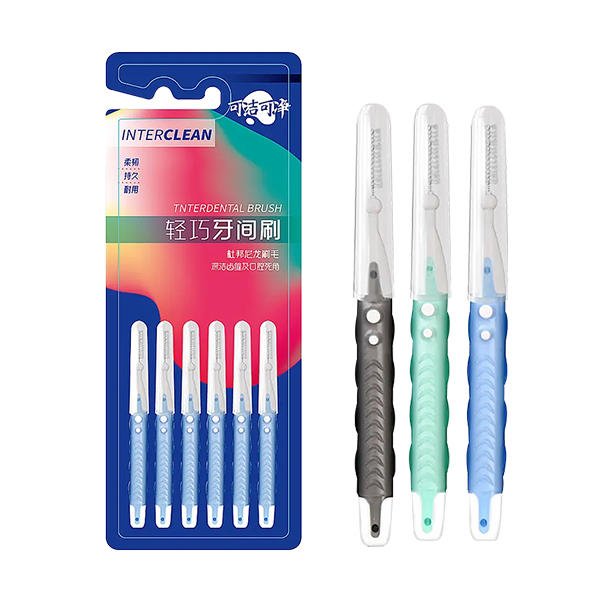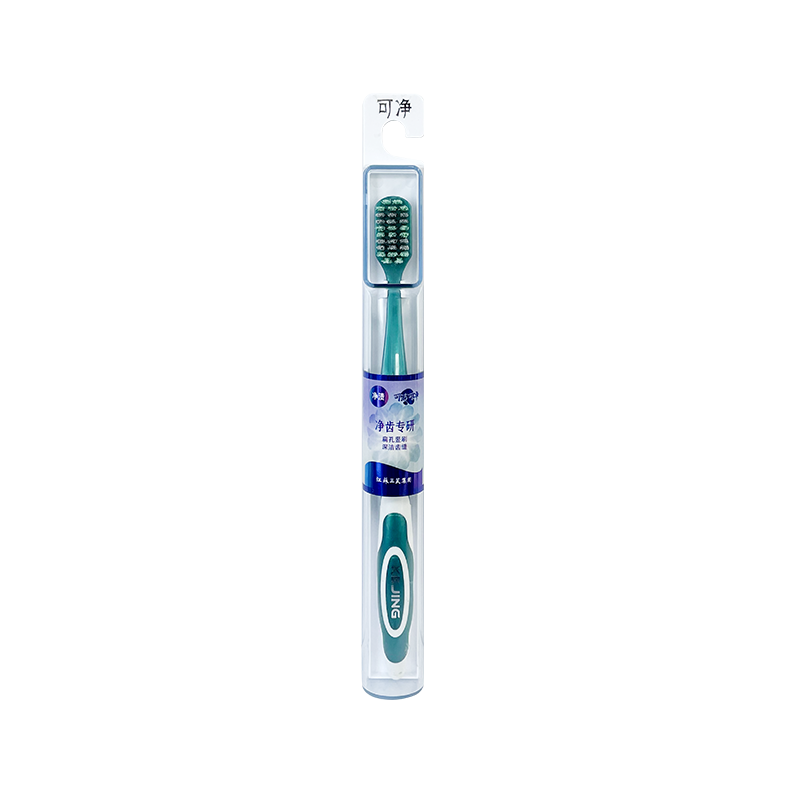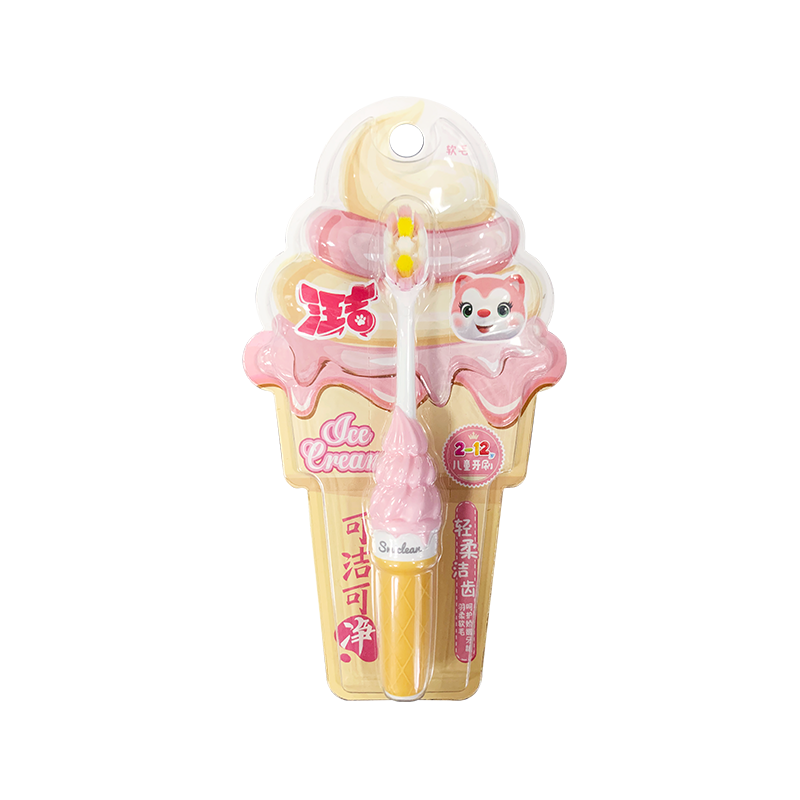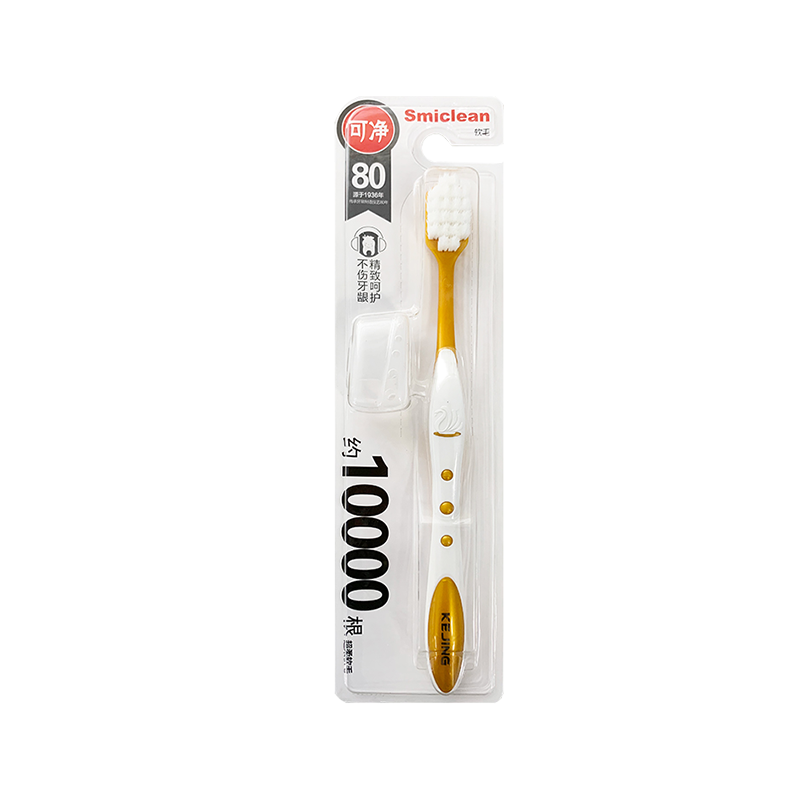Why Are Interdental Brushes Essential for Complete Oral Hygiene?
In the modern concept of oral care, it is difficult to fully clean teeth with a toothbrush alone. Interdental Brushes are gradually becoming an important part of daily cleaning tools. Especially in the context of the pursuit of high-quality life, prevention of periodontal disease and the continuous improvement of oral health awareness, more and more people are beginning to pay attention to this type of "mini but efficient" care tools. So, what exactly are Interdental Brushes? Who is it suitable for? And how to use it correctly?
1. What are Interdental Brushes?
Interdental Brush is a small brush specially used for cleaning the gaps between teeth. It is usually composed of a thin metal wire or plastic core and soft bristles. Its diameter generally ranges from 0.4mm to 1.5mm. It can penetrate into the gaps between teeth, under the bridge, and on the edge of braces that are difficult to reach with ordinary toothbrushes, remove residues and dental plaque, and prevent caries and gingivitis.
Compared with dental floss, interdental brushes have a larger contact area and are easier to use. They are especially suitable for patients with wide interdental gaps, braces, dental implants, dental bridges or periodontal disease.
2. Why are interdental brushes the "hidden champions" of dental care?
1. Efficiently clean interdental gaps and reduce plaque accumulation
Studies have shown that ordinary toothbrushing can only clean about 60% of the tooth surface, while interdental brushes can cover the remaining 40%, especially the adjacent surface area, and are an important supplementary tool for removing plaque.
2. Prevent gum disease and bad breath
Dental plaque accumulation is the main cause of gum bleeding, gum atrophy, and periodontitis. Interdental brushes can penetrate deep into the gum margins and interdental gaps, effectively remove bacteria, and reduce the risk of oral inflammation and bad breath.
3. A must-have for people with braces, dentures, and dental implants
Traditional toothbrushes and dental floss are difficult to clean the blind spots under braces or dental bridges, but interdental brushes, due to their small and flexible design, can easily clean these difficult spots and improve the quality of oral hygiene.
4. Easy to use, suitable for people of all ages
Interdental brushes are intuitive to use and do not require complex skills. They are especially suitable for the elderly, people with uneven teeth, and patients with orthodontics.
3. What types of interdental brushes are there? How to choose?
1. Classification by brush head size
Brush heads range from ultra-fine (0.4mm) to coarse (1.5mm). You should choose the appropriate size according to your own interdental width. It is generally recommended to try the smallest size and gradually test the fit.
2. Classification by handle shape and structure
Straight handle: suitable for the front teeth area, easy to use.
L-shaped curved handle: suitable for back teeth and hard-to-reach areas.
Bendable type: Some interdental brushes can adjust the angle and have strong adaptability.
Portable type with lid: suitable for carrying around, traveling or on the way to work.
3. Classification by bristle material
Common bristles include nylon soft bristles and silicone bristles. The former has strong cleaning power, and the latter is suitable for sensitive gums.

4. How to use the Interdental Brush correctly?
Step 1: Choose the right size
Make sure the interdental brush can easily enter the teeth without forcing it, and it should not be too loose, otherwise the cleaning effect will be poor.
Step 2: Gently insert the interdental brush
Hold the handle and gently push the brush head horizontally into the teeth. Do not use too much force to avoid hurting the gums.
Step 3: Brush back and forth several times
Move back and forth in the teeth 2 to 3 times to ensure that food residues and dental plaque are removed, and then remove them.
Step 4: Clean and replace after use
Rinse the brush head with clean water, dry it and store it. Each interdental brush can be reused for about one week. If it is deformed or the bristles are worn, it should be replaced in time.
5. What is the difference between Interdental Brushes and dental floss and water flossers?
| tool | Main Function | Target Group | Difficulty of operation | Cleaning Depth |
| Interdental Brush | Cleaning between teeth, dental bridges, and braces | People with wide gaps between teeth, wearing braces, or dental implants | Simple | high |
| Dental floss | Remove soft plaque on adjacent tooth surfaces | Normal teeth arrangement | Skills Required | medium |
| Water flosser | Rinse the gums and spaces between teeth with water | Sensitive gums, post-operative care | Easy to operate | Lower |
Summary: Each of the three has its own advantages and disadvantages. It is recommended to use them together to achieve the best oral cleaning effect.
6. Who are suitable for interdental brushes?
People with large gaps between teeth
People who are receiving orthodontic treatment
People with dental implants or fixed bridges
People with gingivitis and periodontitis
People with strong awareness of daily oral care and pursuit of comprehensive cleaning
Note: Children or people with extremely sensitive gums are recommended to use them under the guidance of a dentist.
7. What are the common misunderstandings about using interdental brushes?
Myth 1: The harder you brush, the cleaner it is
The correct way should be "gently push and pull". Excessive force will damage the gums or cause the gaps between teeth to widen.
Myth 2: Using it once a day is enough
It is recommended to use it 1 to 2 times a day after brushing your teeth, especially at night.
Myth 3: You don't need an interdental brush when you use dental floss
The cleaning principles of the two are different. Interdental brushes are more effective for wider gaps between teeth or around braces.
8. How do dentists view the use of interdental brushes?
Many oral health associations around the world (such as ADA, FDI, BDA, etc.) advocate that interdental cleaning should be included in daily care. Dentists generally believe that:
For most adults, interdental brushes are easier to stick to than dental floss;
For middle-aged and elderly people and people with periodontal problems, interdental brushes are one of the best cleaning tools;
Using interdental brushes with fluoride toothpaste or antibacterial mouthwash can significantly reduce the incidence of periodontal disease.
9. What is the future trend of interdental brushes?
With the personalization of oral care and the improvement of environmental awareness, the development trends of interdental brushes include:
Softer and more elastic bristle materials;
Combined design of disposable and replaceable brush heads;
Environmentally friendly bio-based materials instead of plastic handles;
Smart interdental cleaning equipment and APP tracking analysis.
The market demand for personalized care, green materials and digital oral equipment will drive Interdental Brushes to evolve in a more humane and intelligent direction.
10. Conclusion: Why should you add Interdental Brushes to your oral care list immediately?
Although Interdental Brushes are small and low-key, they are an indispensable and important tool for oral health. It complements the blind spots of traditional toothbrushes and dental floss, helping you achieve more comprehensive and scientific oral cleaning. Whether you are a young person who has just started to pay attention to oral health, or a middle-aged or elderly person who needs special care, interdental brushes can protect your teeth and reduce the number of frequent visits to the dentist's office.
Don't let food residues and dental plaque hide quietly in your teeth anymore - start your journey of fine oral care with a suitable Interdental Brush today!
 English
English русский
русский Español
Español




